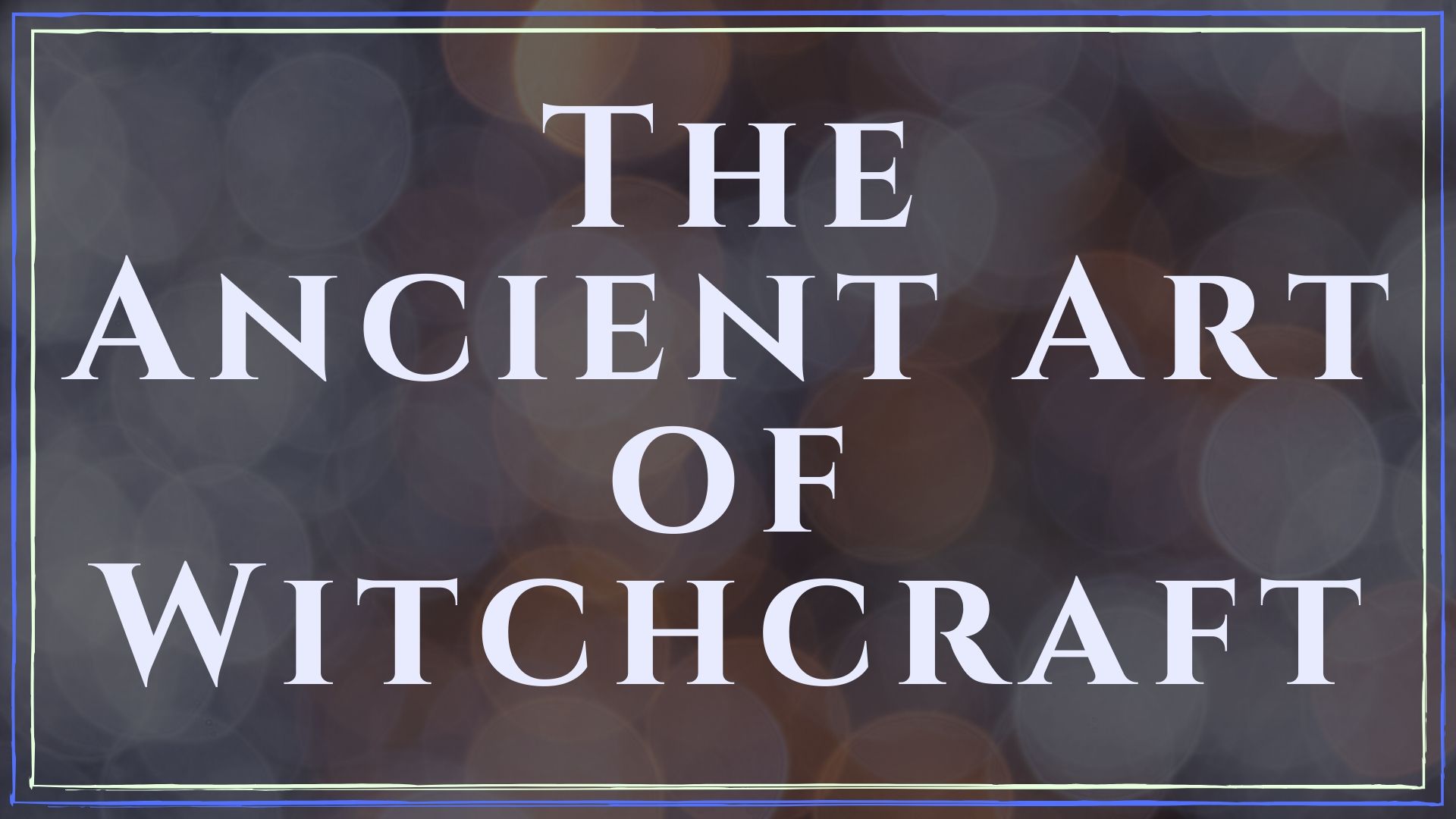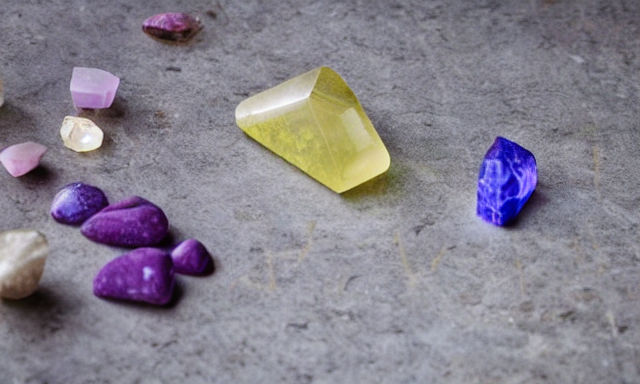Altar & Ritual Tools
Altar and Ritual Tools.
Altar and Ritual tools have many purposes in magick. All common altar tools are listed here for your reference, but don’t feel as though you are required to use any that you do not wish to. You are only bound by your imagination. Feel free to learn from any and all traditions that appeal to you. Some traditions are very orthodox about ritual tools while others do not focus on ceremonial magick quite so much.
Altar – A table or other flat surface that Witches and Magicians use to focus their energy and organize their other tools during ritual. Many witches choose an altar made from wood or stone as they contain energy rather than conducting it away too quickly as metal tends to do. The altar can be placed to face any direction, but most prefer to face their altars towards the North (represents the Goddess and the Earth) or to the East (the rising sun).
Athame – A double bladed knife that a witch uses to conduct and direct energy during a ritual. The athame represents the feminine principle of nature as it is only used for nonphysical actions. Most athames are made from metal and this is especially appropriate if the tool is to be used for banishing. However, many practitioners choose to use athames made from wood, stone, or horn when invoking because these material do not drive energy away as metal does. Some witches only use metal athames for banishing and designate their wands for invoking. The athame is also compared with the boline, which is used for physical (masculine) purposes. The athame is used for circle casting and other ritual actions and is pronounced a variety of ways though the most common pronunciation is “a-tha-me’. The dual blade represents the duality in nature.
Bell – Used to call spirits during ritual, align energy to the proper frequency and to herald the beginning and ending of a ritual. This tool symbolizes the Goddess and can be rung to invoke her to join a ritual.
Bolline/ Boleen/ Boline – A curved knife used for cutting ritual herbs and other physical actions as compared to the energy actions of athame. The boline represents the masculine energies in nature while the athame represents the feminine energies.
Book of Shadows – Book holding all the rituals, spells, recipes and spiritual thoughts a witch uses in the practice of his/ her craft. It can also hold any beliefs; principles or other important information a witch feels should be included. This book represents a Book of Shadows.
Broom/ Besom – Represents both sides of nature with the brush symbolizing the feminine and the handle representing the masculine. This tool is used to sweep away negativity and clean a ritual area prior to ritual workings.
Candles – Used as symbolic representations of manifestation. For example, a witch can charge a candle with an intent and then light the candle to bring his desires into being. As the candle burns, his intention passes from his mind into the universal void where it emerges as reality. Colors and shapes help to focus attention and energy to the will of the caster.
Cauldron – Representing the womb of the Goddess, this fireproof pot or kettle can be used for a variety of purposes including divination, a censer for burning incense, parchment, potions, etc.
Censer/ Thurible – A fire-proof container used to burn incense. Purifies the ritual area and attunes the energy current in the environment to the proper frequency for a specific working. Symbolizes the element of fire.
Chalice – A ceremonial cup that represents the womb of the Goddess. It is used to hold holy water, wine or other ritual libations. A chalice can be used as a substitute for a cauldron.
Cord – The cord is a long length of thread that is most often used to delineate the bounds of protective circle and to bind spells once they have been cast. The cord is most often colored red, but it can be any color the caster finds appropriate. Another use of a cord is for cord (binding magick) and as a Cingulum or Witch’s Belt. When worn as a belt this tool is often black, but can be any color of your choosing.
Incense – Used to help set the mood and the energy current for ritual workings. Incense not only helps nature attune to the will of the caster, but also helps the caster achieve the proper mind state to perform their ritual workings. For repeated or routine workings, the type of incense used should be chosen with care, as it is easy to program one’s inner mind to open just from the scent of a certain kind of incense. This can be dangerous because if one goes into an “open” state when outside the protection of the ritual circle, he or she is susceptible to any number of opportunistic forces/ energies that may wish to take advantage of his/ her vulnerable state.
Pentacle/ Pentagram – Symbol of a five pointed star enclosed inside a circle, the pentacle is placed on the altar for protection and meditative purposes. Each of the five points of the star represents one of the following elements: earth, air, fire and water as well as the fifth element of spirit, which occupies the top point of the star. The pentacle with the point facing upwards has a pretty universal meaning, that of mind over matter or the spirit of the magician controlling the elements. This form symbolizes the body of man with the top point being man’s head and the other four points being his arms and legs. The pentacle with the point facing downwards can represent the mind of man being controlled be the elements or his animal passions. In this case the symbol represents the negative aspect of magick and witchcraft, or what is known as the Left Hand Path, (such as binding rituals), as compared to the Right Hand Path or the positive aspect of magick. However, in the realm of formal initiative traditions, the inverted pentacle can be a symbol that an initiate wears when he or she has attained his or her second level of proficiency with their tradition.
Robe/ Cloak – Form of ceremonial clothing that some practitioners of magick choose to wear when they are performing ritual workings. Robes and cloaks are often worn today in place of going sky-clad which is a term used when the practitioner wears no clothing at all.
Sword – Tool used to direct energy, it has similar qualities as an athame though it is used more often in advanced ceremonial work than in everyday conjuration or ritual workings.
Wand – Used by some practitioners in place of an athame for the purpose of casting a circle or directing energy. While many practitioners use both tools and designate different functions to each, the wand can easily fill both functions. As most wands are made from wood, glass, stone or horn, they are perfect for invoking circles, gods, elements, and other spirits.
Magick is everywhere, energy is everywhere. Using rituals and ceremony you can take these random forces and make them work to your own benefit. Instead of accepting whatever fate has in store for you, take charge and write your own destiny. The future is not set in stone – it is fluid, and as such it can be influenced by people who know how – people who understand that the universe is there for them to share and use. But be sure to return some of your good fortune as you profit from magick. This is a way of thanking the universe for its generosity, and avoiding greed. If you use magick for greed it will eventually backfire on you.








